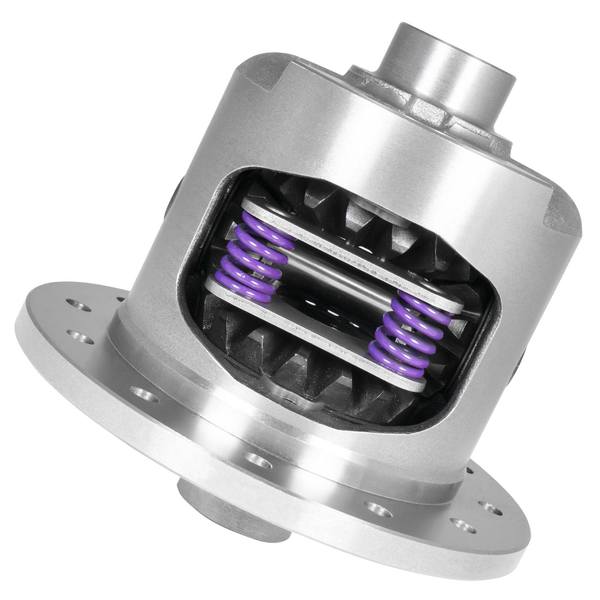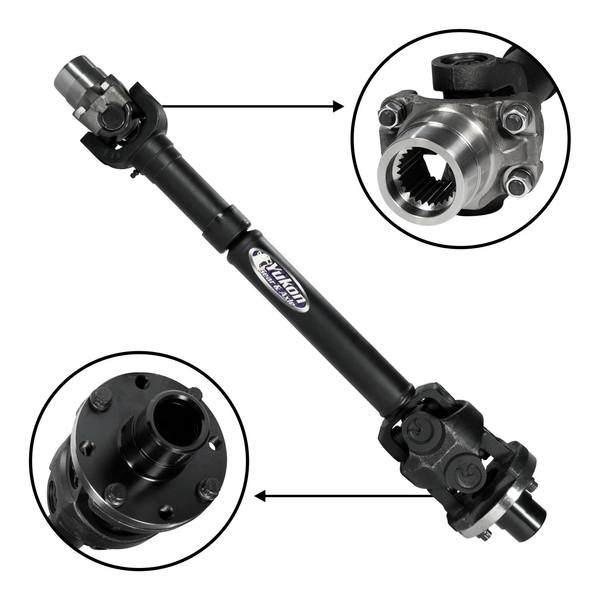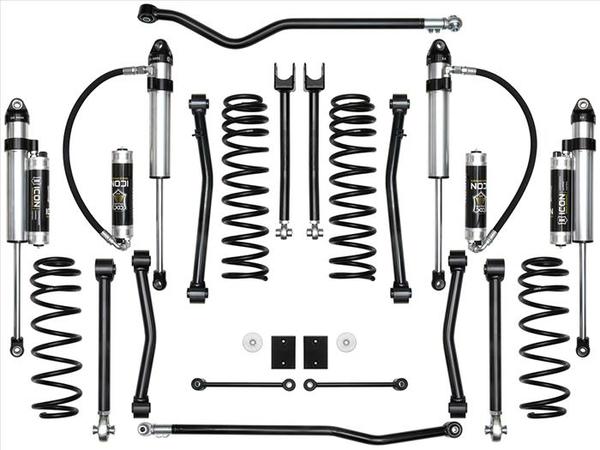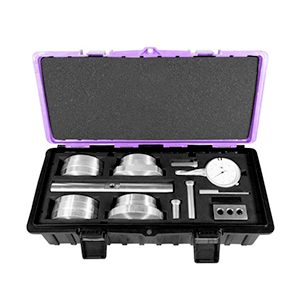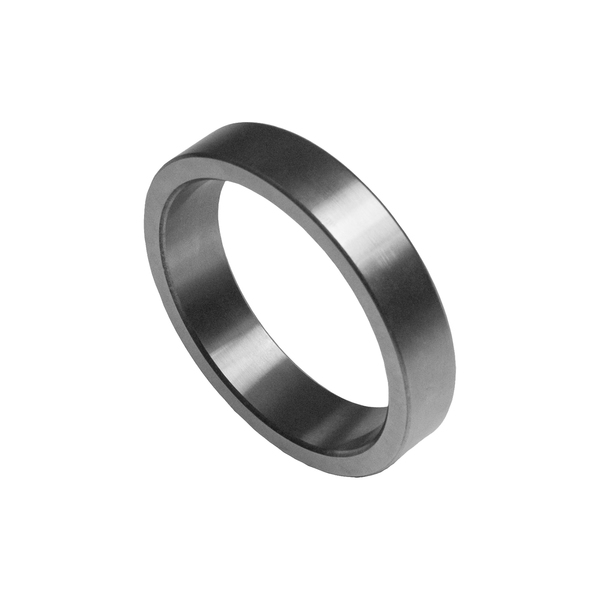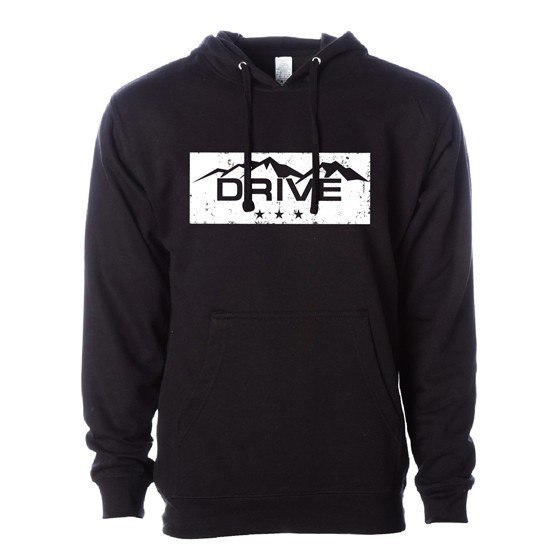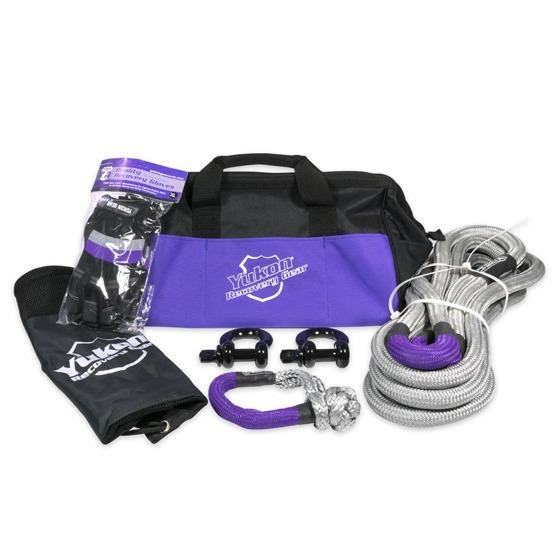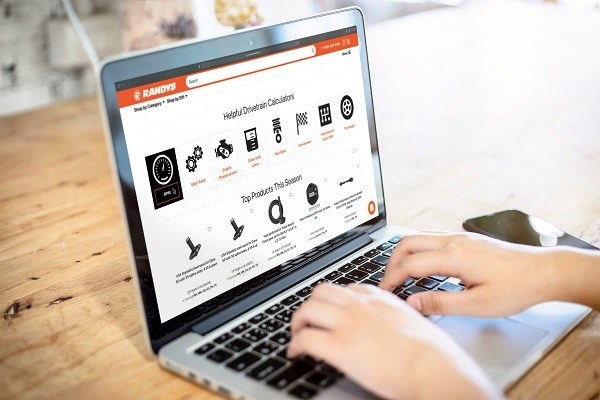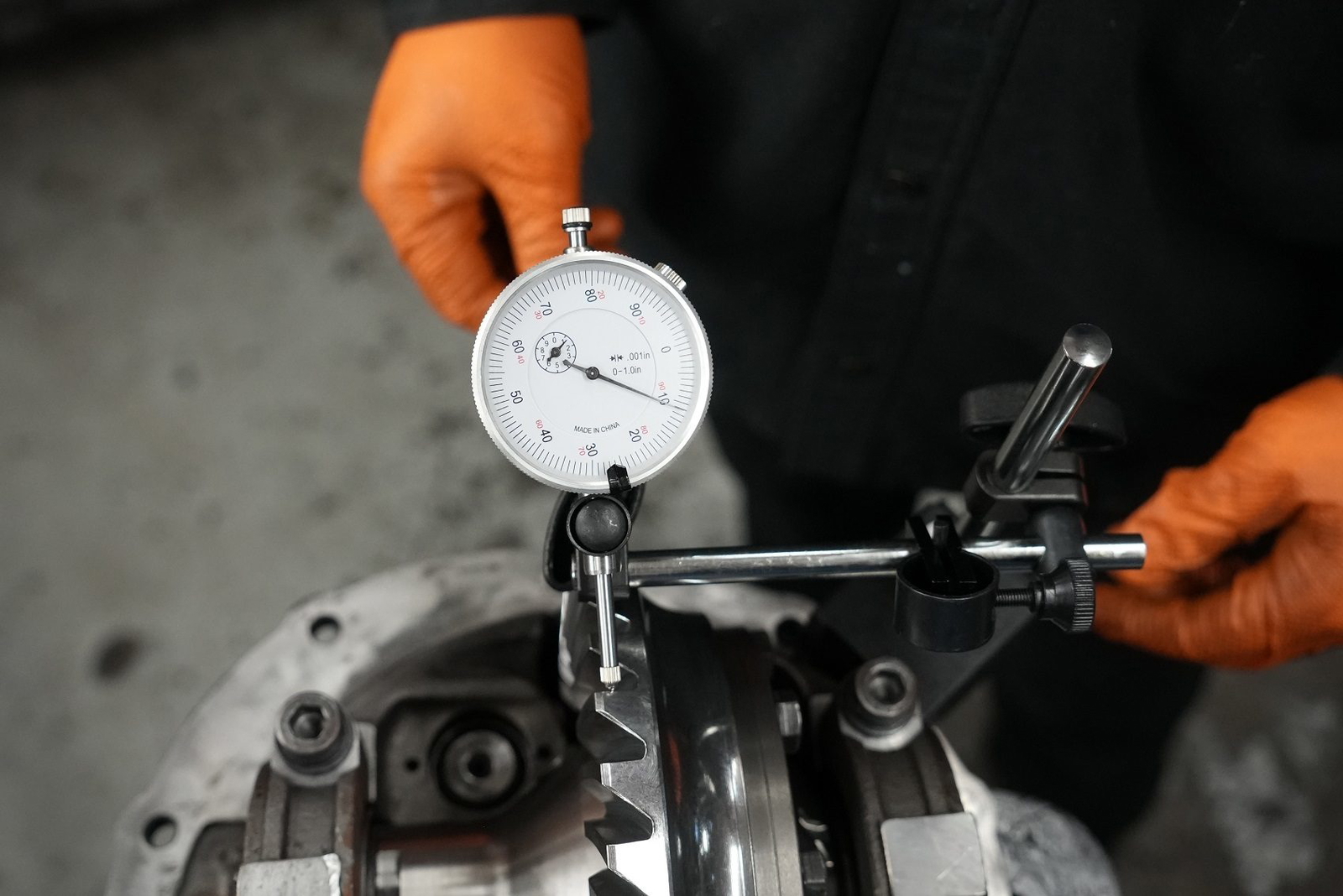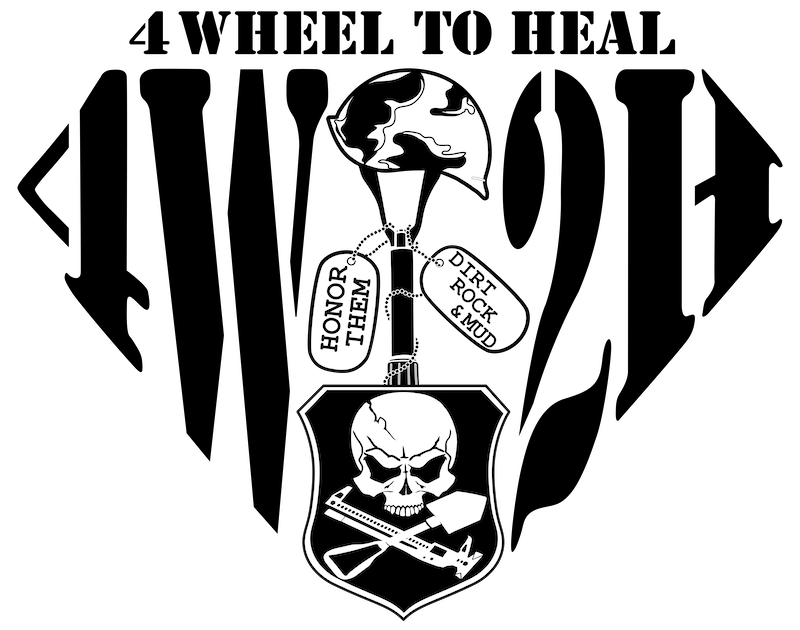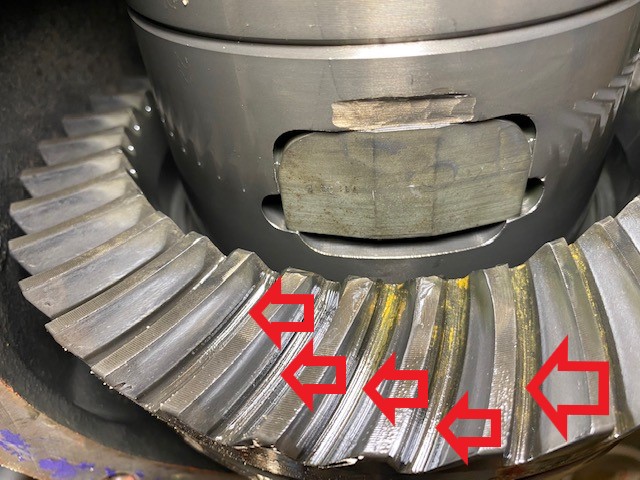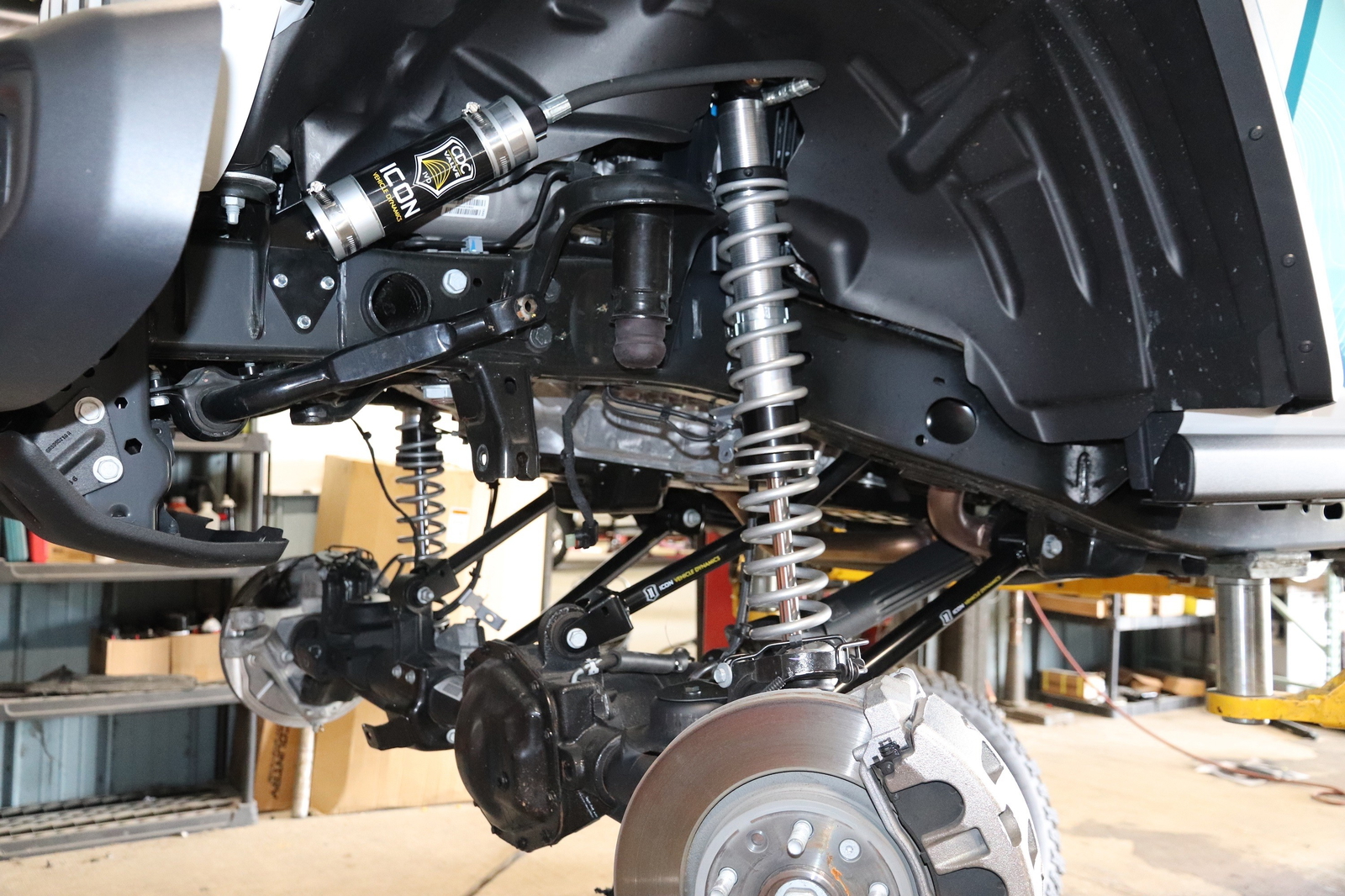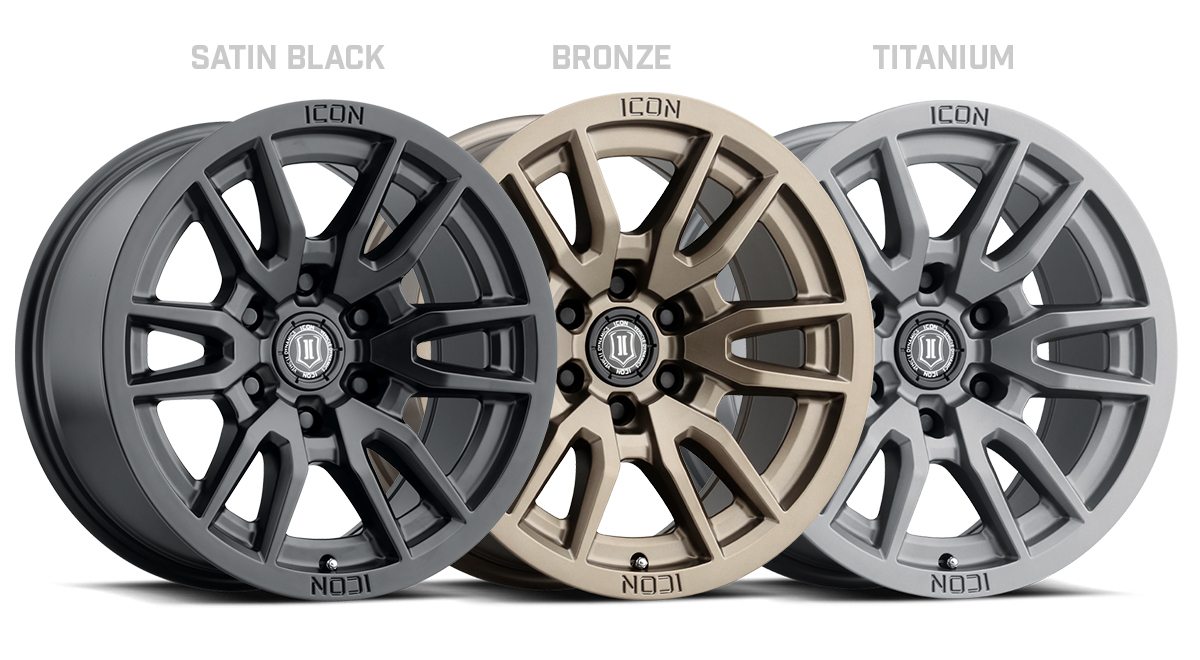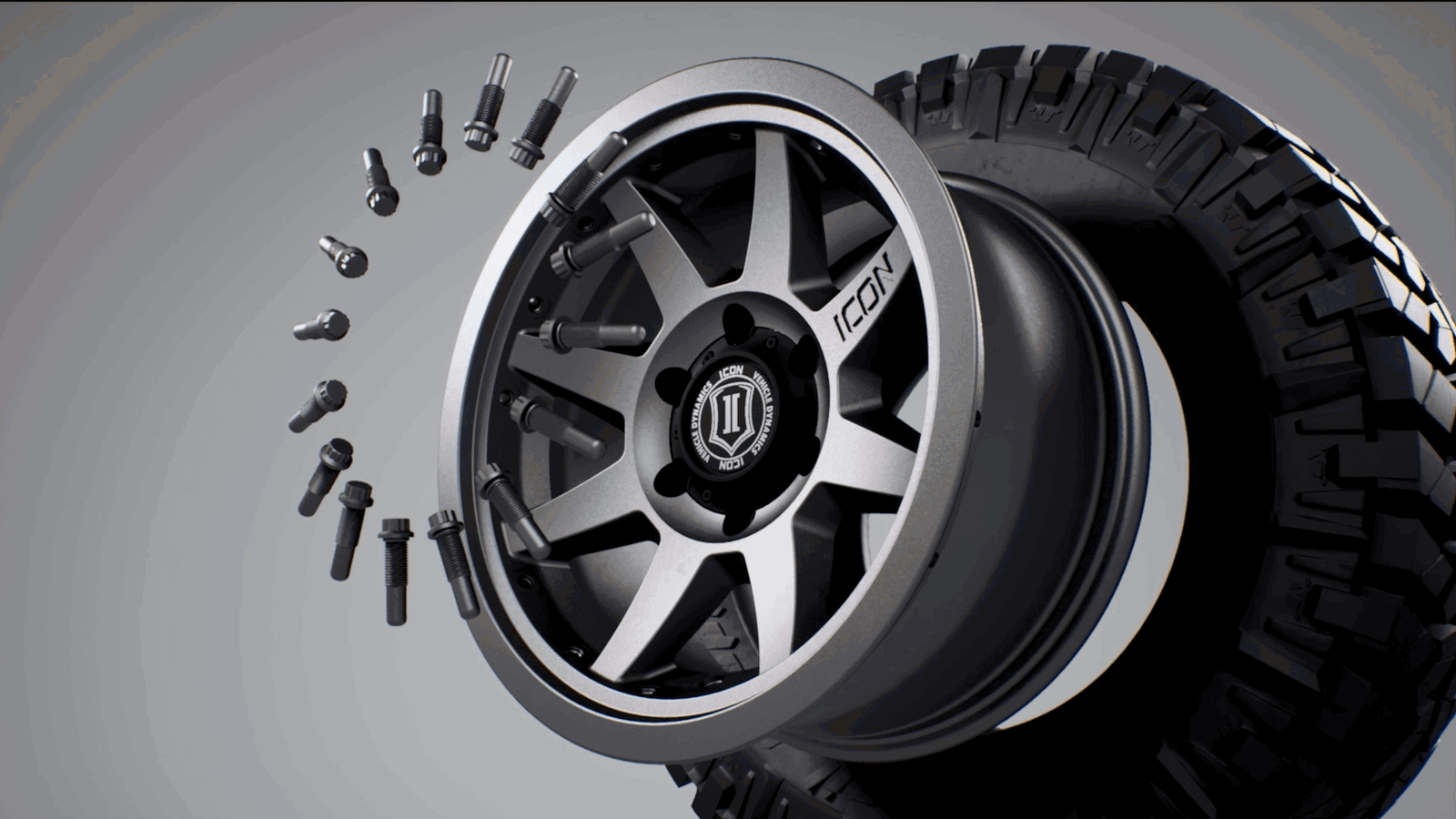An RPM Calculator is especially valuable to those considering jumping to a bigger tire, altering their vehicle’s performance by changing ring and pinion gears, or satisfying a curiosity about their current setup. The calculator determines your engine rpm at a selected vehicle speed.
 What You Need to Know
What You Need to Know
The RPM Calculator requires the vehicle’s gear ratio and tire height to make its calculations. Your stock gear ratio can be researched online, it may be in your vehicle’s owner’s manual, or on a tag affixed to the differential cover. If your ring and pinion gears are at hand you can count the teeth on each and use our Gear Ratio Calculator to determine the ratio. Tire height can be ascertained by another calculator on our site. It uses tire width, tire aspect ratio, a wheel diameter to provide the height in inches. If you’re contemplating upgrading to larger tires like 35, 37, or 40 inchers know that the height on the tire is a classification, not a specification. For instance a 35x12.50-17 Mickey Thompson Baja Boss M/T is 34.6 inches in circumference mounted on a 9.5-inch-wide rim… 34.8 inches in circumference on a 10-inch rim. Some tires can be nearly a half an inch off their classification so you may want to research the tire manufacturer’s website to get the most accurate info.

Feeding the Numbers
Armed with the correct info, it’s time to feed the ratio and tire height numbers into the calculator, select the vehicle speed you want to tabulate engine rpm at, and press the Solve button. The calculator will display the engine rpm for the selected vehicle speed in four boxes below the calculator. Each box represents a transmission type and takes into consideration how gear reduction within the transmission will impact the final engine speed readings. The boxes are labelled Auto, AOD, Manual, and 5 Speed… simply refer to the box that best matches your transmission type.
Using the Calculator for Big-Tire Upgrades
Use your stock set-up as a baseline before changing the formula for a larger set of tires. Calculate at a variety of vehicle speeds… especially freeway speeds. Going in you should know what your performance goal is… to replicate stock performance or enhance performance at a given speed, i.e. a trail-only rig that will not see freeway speeds very often or a rock crawler that will not be see the street at all.
You will need to pre-figure the tire heights of all the tires you are considering upgrading to and have those numbers handy. Then enter your new tire diameter and adjust the gear ratio field, evaluating different gear sets until you find one that best matches your expectations. Make note of the number in the gear ratio box and you’re ready to shop ring and pinion gear sets.
Yukon Re-Gear Kits
Going big-tire is not as simple as bolting on those 40 inchers and hitting the road. There are cascading effects at work. Big tires impact acceleration, freeway cruising, towing capability, and many aspects of off-road performance. Yukon Re-Gear Kits allow you to restore or enhance the performance of your truck and reap the traction benefits of big tires. It’s a win-win.
 AMC
AMC
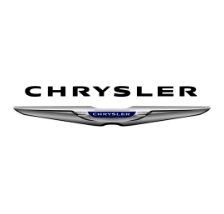 Chrysler
Chrysler
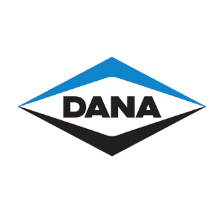 Dana
Dana
 Ford
Ford
 GM
GM
 Isuzu
Isuzu
 Nissan
Nissan
 Suzuki
Suzuki
 Toyota
Toyota
